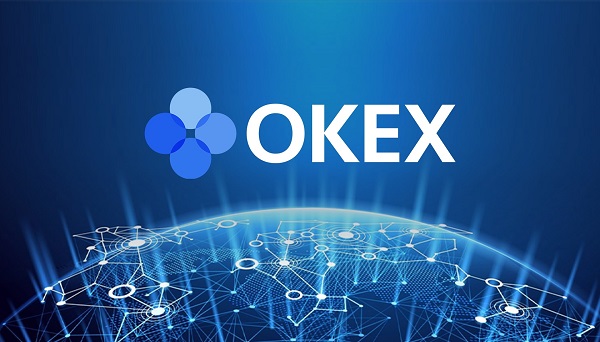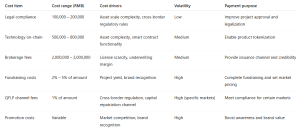Ethereum Network Capacity Increases 9% Since London Upgrade

Since the Ethereum network was upgraded earlier this month, the average usage in terms of daily gas used has jumped by around 9%, and there are several reasons for this.
Etherscan’s historical average daily gas used chart has shown a jump of around 9% since the London upgrade was deployed on Aug 5. It has stepped up from around 92 billion to a little over 100 billion. The last time it saw such a visible change was around April 21 when it increased around 17%.
The move is not the same as the peaks and troughs in gas prices, but a measured step up in average usage, indicative of overall network capacity.
Ethereum co-founder Vitalik Buterin has posted an analysis on Reddit detailing three reasons why this has been the case.
Three reasons Ethereum capacity increased
The London upgrade also delayed the ‘Ethereum Ice Age‘ which had just started to start, explained Buterin. This means that average block times are back down to their long-run normal level of around 13.1 seconds.
“This is a ~3% difference in block speed, which explains 3% out of the 9% increase in on-chain gas usage.”
The difficulty bomb, which delays the Ice Age, refers to the increasing difficulty level or complexity of “puzzles” in the proof-of-work mining algorithm. As the calculations become harder, it results in longer than normal block times and lower rewards for miners.
The second reason for the increase is that there was more unused block space before London as a result of a maximum gas used setting of 15 million. After the upgrade, that figure became the target, not the maximum.
“This means that if average gas used, including the empty blocks, is below 15M, the basefee will decrease until the average is back to 15M. So this accounts for another ~2-3%.”
Thirdly, the EIP-1559 formula is not quite perfect in targeting 50% of the base fee to be burned, stated Buterin. There is a complex relationship between arithmetic and geometric means for block size and fee calculations. Average blocks now are slightly fuller (more than 50%) than they were before the upgrade which also accounts for a slight increase in capacity. Vitalik concluded:
“Ethereum users can rejoice in the unintentionally 6% increased capacity that London brought,”
Gas surging again
Ethereum users likely won’t be rejoicing about another gas spike resulting from the monkey minting NFT launch of CyberKongz on Aug 15.
The average transaction fee is now close to $25 according to BitInfoCharts, and users are paying as much as $40 for a token swap, and even more for complex smart contract operations.
Disclaimer
All the information contained on our website is published in good faith and for general information purposes only. Any action the reader takes upon the information found on our website is strictly at their own risk.













